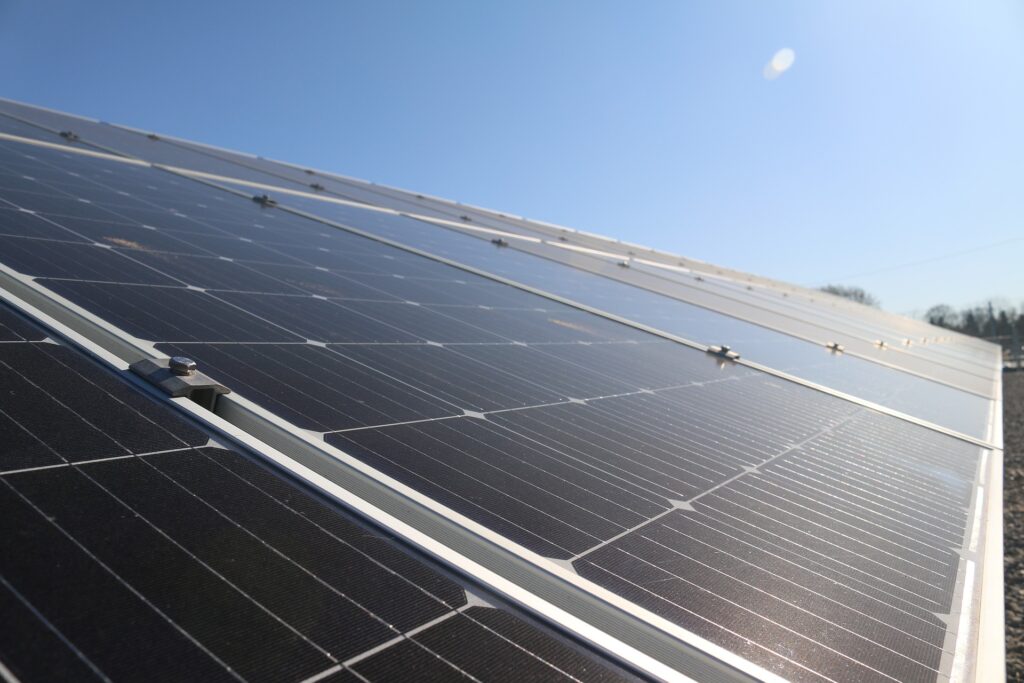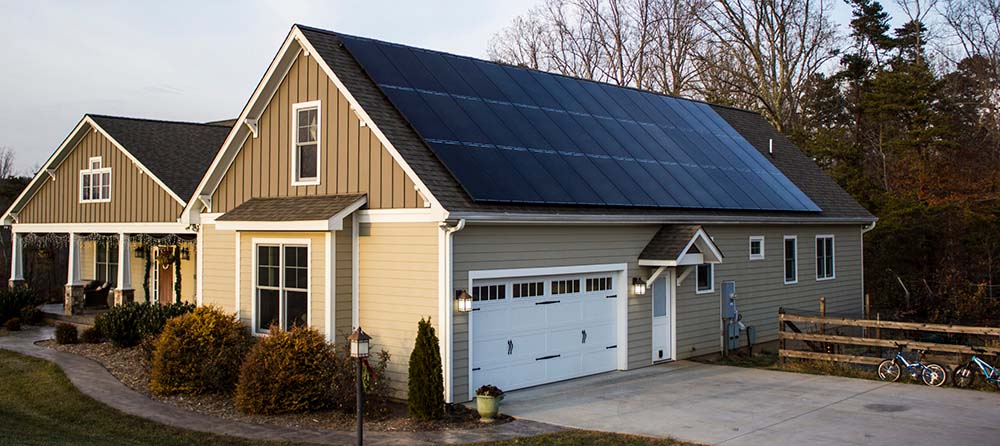Introduction
Solar panels are a great way to generate clean, renewable energy from the sun, and they can save you money on your electricity bills over the long term. However, choosing the right solar panel system can be a daunting task, especially if you are not familiar with the industry jargon. In this blog post, we will guide you through the key differences when comparing solar quotes, so you can make an informed decision.
System Size
 The first thing you should compare when looking at different solar quotes is the size of the solar panel system. The size of your solar system is measured in kilowatts (kW), and it represents how much energy the system can produce at its peak. A larger system size will produce more energy, but it will also cost more upfront. When comparing quotes, make sure you are comparing systems of similar size.
The first thing you should compare when looking at different solar quotes is the size of the solar panel system. The size of your solar system is measured in kilowatts (kW), and it represents how much energy the system can produce at its peak. A larger system size will produce more energy, but it will also cost more upfront. When comparing quotes, make sure you are comparing systems of similar size.
System size is a product of the total number of panels, times the power output of each panel. As a quick example, a solar proposal that has 20 solar panels, at 360W each would equal a total system size of 7.2kW. If you are looking for apples-to-apples, you’ll typically want to compare the kW rating of a system, not the number of panels, since panel wattages can vary greatly (it’s worth noting that higher-power solar panels are not necessarily better than lower-power panels).
Solar System Cost
The second thing you should compare is the total cost of the system. This includes the cost of the solar panels & installation. The total cost will vary depending on the size of the system and the complexity of the installation. This can be hard to determine on some quotes, especially if they are pushing financing options. Be adamant to see the total upfront cost of the system, before incentives, so you can accurately compare quotes. If a company only wants to talk about monthly payments, that’s a good indicator that you could be overpaying in the long-run.
Once you have the system cost, you can divide the system cost by the system size, and figure out the $/W. This is the standard measurement we use to price systems in the solar industry. Make sure you are comparing the system cost before incentives. Some companies tend to only show discounted pricing, and can create an apples-to-oranges situation. Setting aside quality, service, and other intangibles, $/W is the baseline measurement of value when purchasing a solar system.
Quality of work
 The two biggest factors in the longevity of your solar system are the quality of the installation, and the quality of the components used. Solar companies that are focused on rapid expansion and production tend to have a much lower standard of quality.
The two biggest factors in the longevity of your solar system are the quality of the installation, and the quality of the components used. Solar companies that are focused on rapid expansion and production tend to have a much lower standard of quality.
- Understand what service warranty each company offers (if any).
- Read reviews to see what their other customers have experienced.
- Make sure the components & installation standards are high-quality.
- Has the company provided clear and detailed information thus-far?
Some companies outsource the labor, or pay a “per-panel” price to subcontractors, focusing on speed instead of quality. We want our installers to take quality seriously, which is why our team is salaried and receives profit-sharing. When we succeed as a company, so does our install team. We also have a 25-year service warranty, so we take every effort to ensure our systems perform for life.
High quality components
Inverters are typically the component with the highest failure rates in solar systems, so using the most reliable equipment is extremely important. Enphase Microinverters are widely accepted as the gold-standard, but they have a higher cost than DC optimizers or string-inverters. If you are installing a ground-mount, a string inverter may be the best option, and may save some money.
While solar panels are generally very reliable, there are some notable differences you should look at:
 Production & Product warranty. Look for a 25/25 warranty. Almost every panel has a 25-production warranty, but some companies only have a 10-15 year product warranty.
Production & Product warranty. Look for a 25/25 warranty. Almost every panel has a 25-production warranty, but some companies only have a 10-15 year product warranty.- Solar panel degredation rates. REC panels and a few other premium panels have an industry-leading degredation rate, which means they lose power slower over time. This won’t mean much on day one, but it will mean a lot over time.
- Company health / track record. Warranties are only as good as the company that issues it. Many solar companies rebrand other panels, or have only been around a few years. We generally express caution when buying a product with a 25-year warranty, when the company is brand-new.
- Panel Efficiency. Panel efficiency generally isn’t as important as you might think. It’s very costly to get the highest efficiency panel, and it generally does not bring other additional benefits. We recommend focusing on total system size, warranties, and build quality to get the best bang-for-buck.
kWh Estimate (production estimate)
Each solar quote should provide you with an estimate of how much energy the system will produce in kilowatt-hours (kWh) per year. This estimate is based on a number of factors, including the system size, the location of your home, and the angle and direction of the solar panels. The best models should include 3D shading & inverter losses. look and see if the model includes trees or other obstructions. If it doesn’t, your estimated production is probably higher than what you will experience in reality. Each quote will use different models and factors to estimate your energy.
The most important thing to remember is that there is no magic bullet that will allow one company’s system to produce more energy than another. It should all come down to orientation and system-size. Some companies will “over-tune” the model to make the production numbers look better. If you see a smaller system size producing more energy than a larger one, this is typically due to inaccurate modeling.
Annual Energy Escalation Rate:
Finally, solar companies use an annual energy escalation rate, which is an estimate of how much your energy costs are expected to increase over time. This is historically based on utility price increases, as well as the annual inflation rate. In the past, a standard escalator in Virginia was 3%, but we currently use 4% due to the rising price of energy over the last few years. This number should be disclosed on every quote, as it is a compounding rate. A proposal showing a 6-7% escalation rate will look MUCH better in the long run than one with a more conservative estimate. This is especially important to identify if you are financing the system, and trying to ensure your loan payment will be lower than your electric bills (see our article about 0% solar financing).
In conclusion, comparing different solar quotes can be overwhelming, but by focusing on the key differences outlined above, you can make an informed decision. Remember to compare systems of similar size, factor in the total cost and incentives, the quality of the company and components, consider kWh estimates and annual energy escalation rates, and don’t be afraid to ask questions if something is unclear. By taking the time to compare solar quotes, you can ensure that you get the most value for your investment and enjoy the benefits of clean, renewable energy for years to come.

